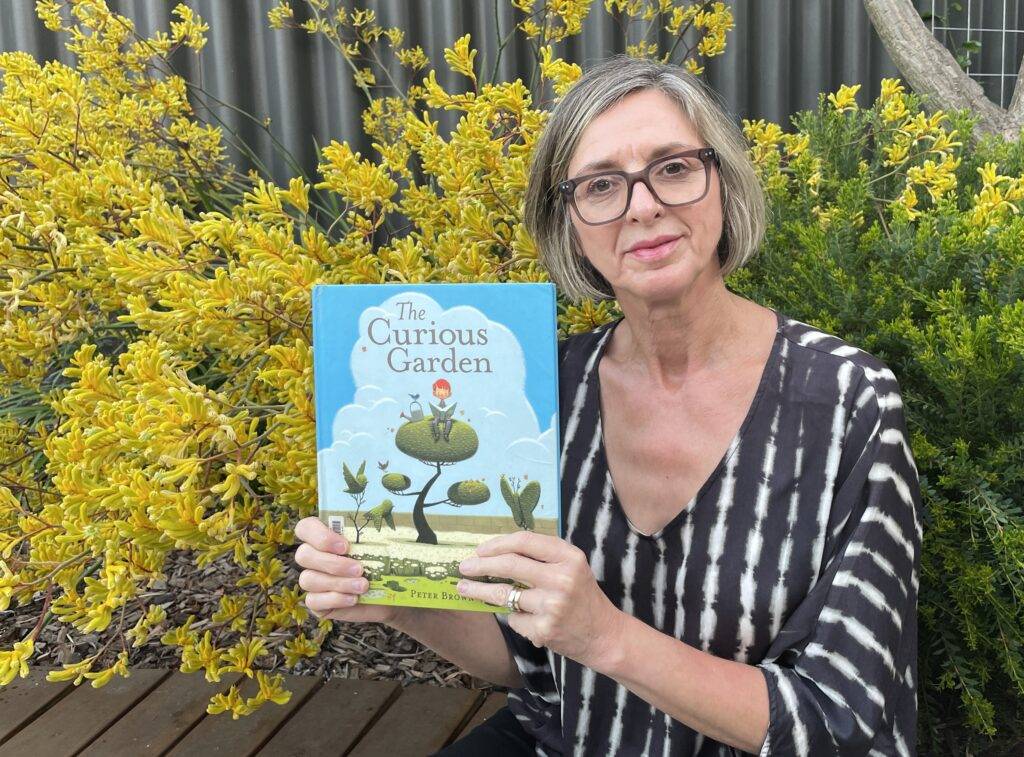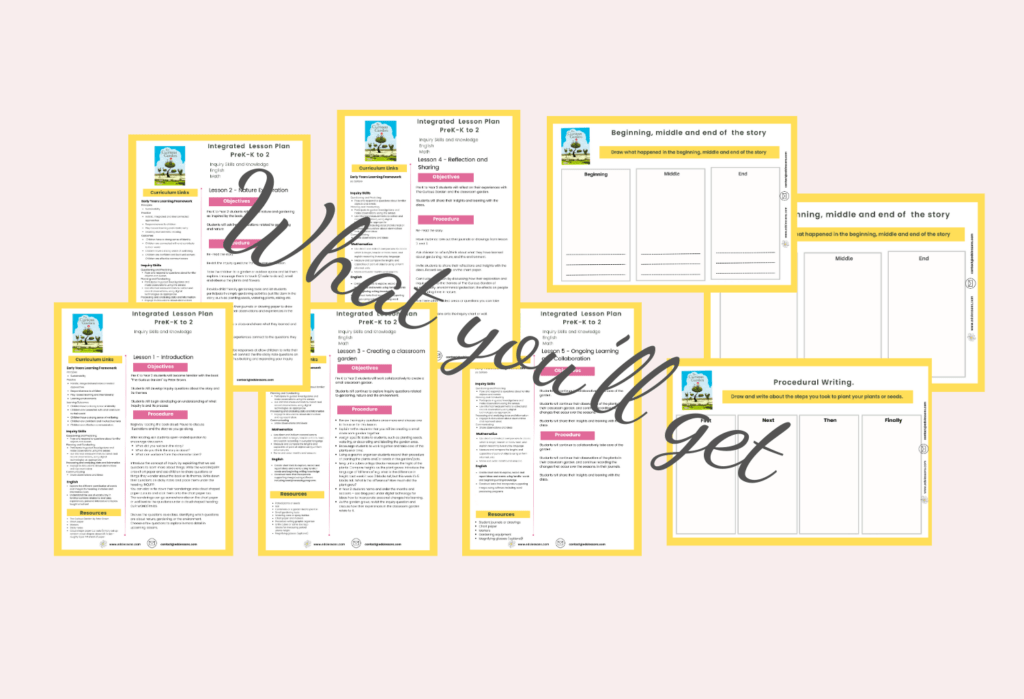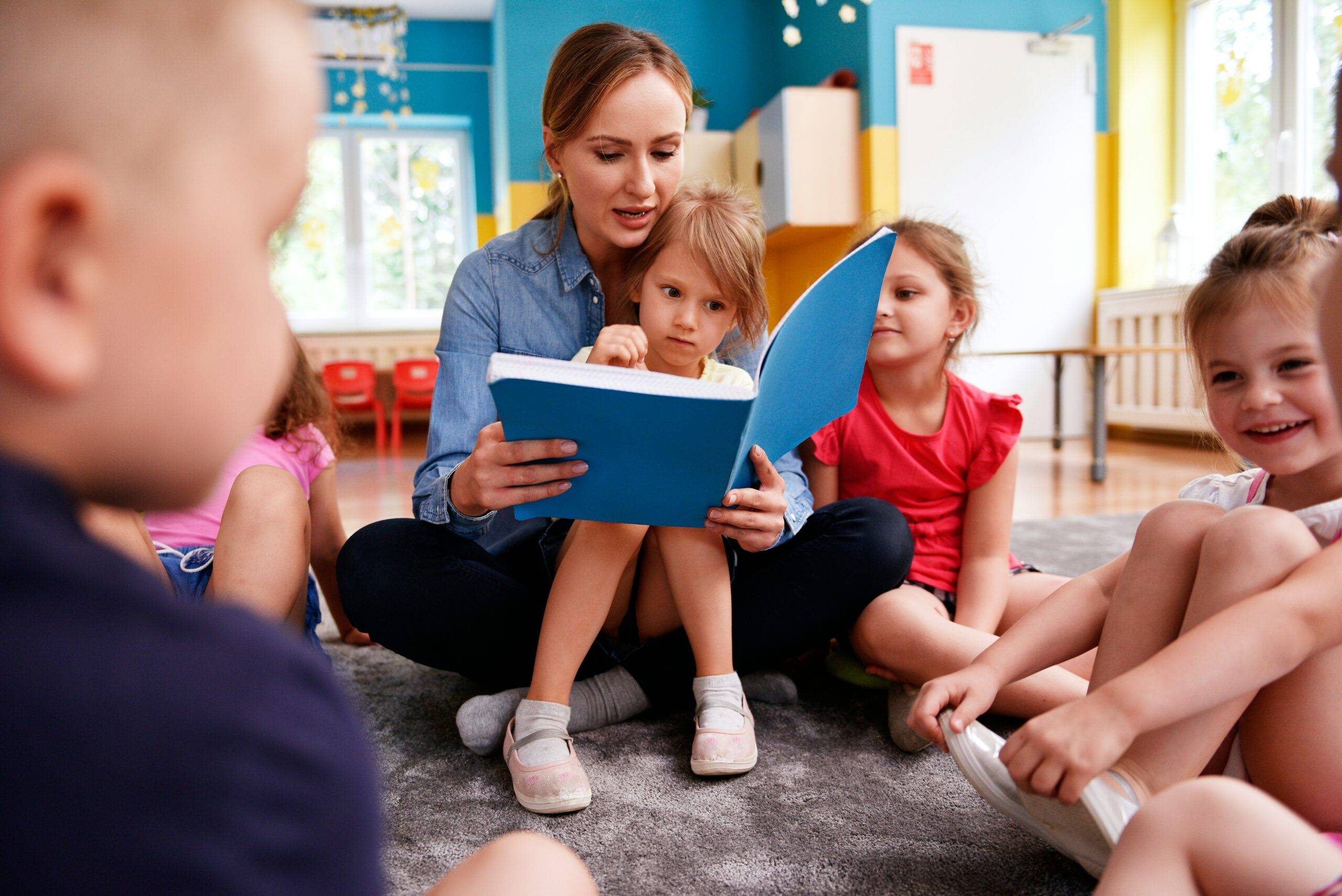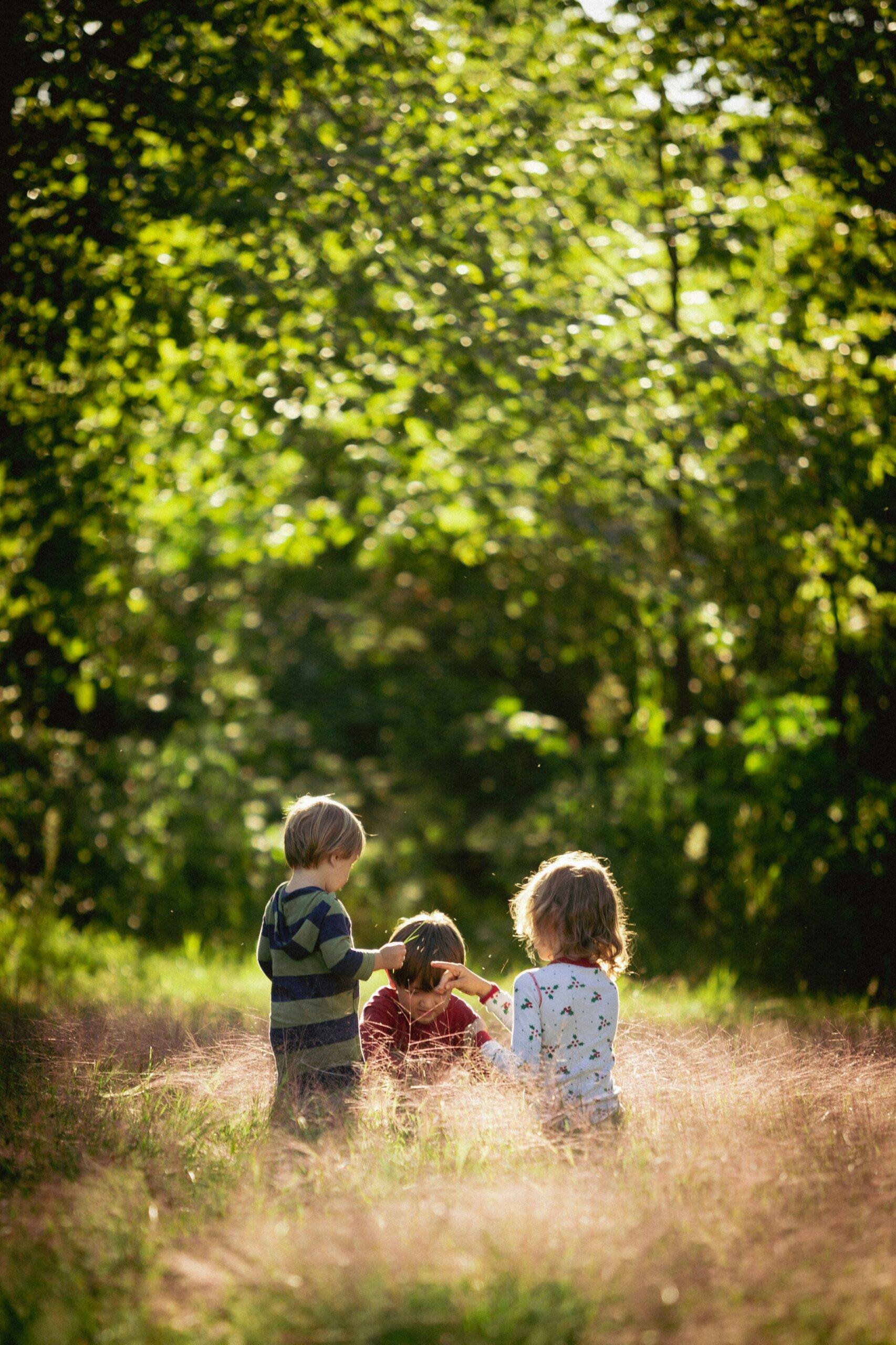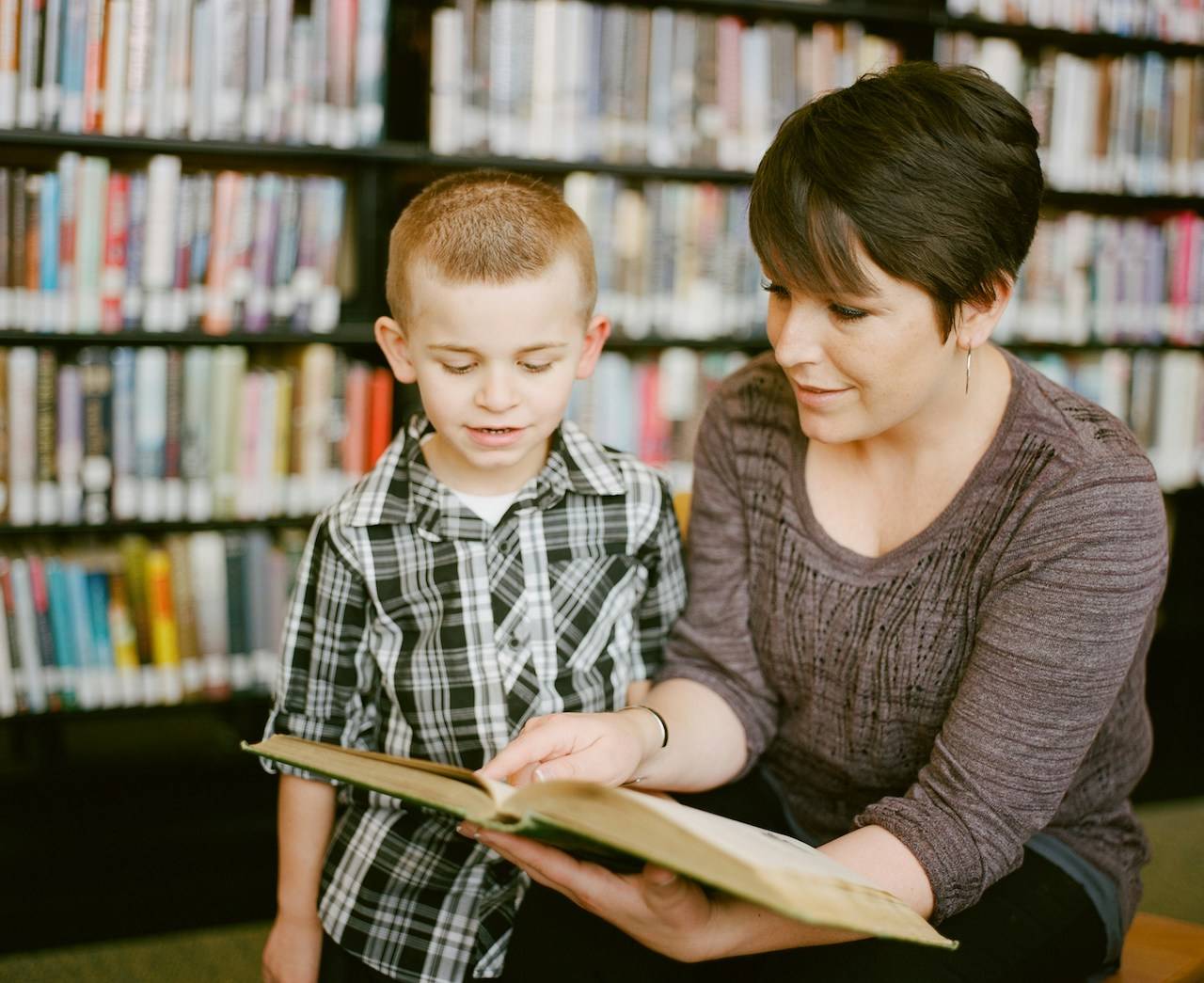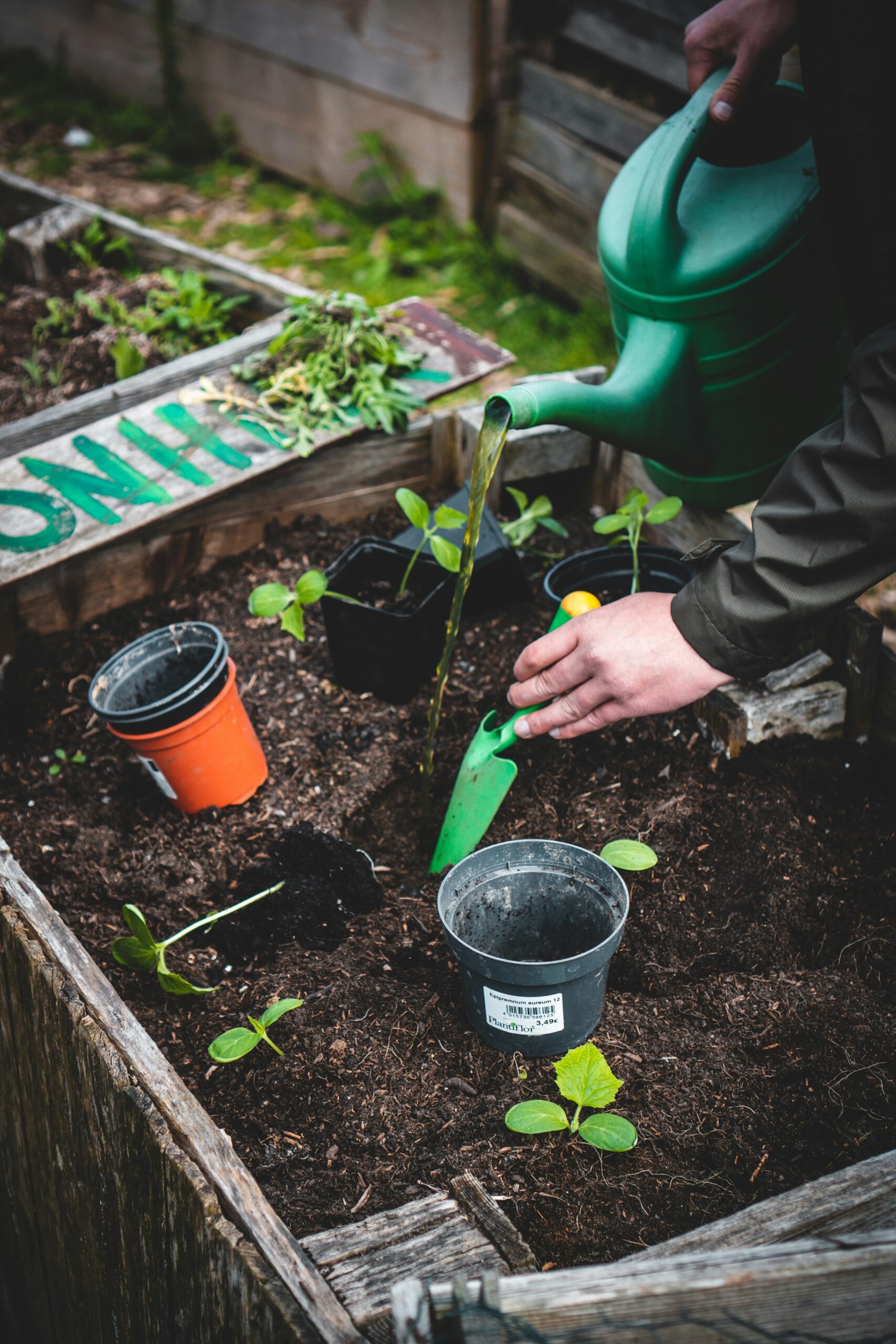Some of the links below may be affiliate links. This means that, at zero cost to you, I will earn an affiliate commission if you click through the link and finalise a purchase. All product recommendations are products that I have used and loved, or products that I would recommend based on experience.
The Curious Garden by Peter Brown lends itself beautifully to a lesson plan that integrates Science and inquiry through hands-on learning.
The story of a little boy who transforms a drab, lifeless city into a lush green oasis is in itself inspirational for all children today illustrating how the efforts of one small curious child can help change the world.
The story aligns perfectly with a science curriculum where changing seasons and the needs of living things, specifically plants, can be explored through inquiry and hands-on learning experiences making learning more fun and tangible for learners.
The learning experiences are all suitable for children from Pre-K to Year 2 and can take place over a week or more. In fact, if you’re planting garden in your outdoor space or in pots inside, your learning will continue indefinitely as students get to explore and notice the changes occurring right before their eyes.
This would be a great starting point too if you are still learning how to include inquiry-based learning into your teaching. Use this as a learning experience to introduce children to the concept and process of inquiry which will also be an excellent way of showcasing children’s questions, wonderings and answers through an inquiry wall in your learning space.
What is inquiry-based learning?
Often educators are under the misconception that children should just be left to their own devices to inquire about a topic.
This is not the case at all.
In the same way as you explicitly teach phonics or mathematical concepts, so too the process and skills of inquiry are taught explicitly and systematically. It won’t be until much later, perhaps even months or years, when students have been engaged in inquiry learning for some time and confidently understand and can engage in the process with guidance that they can finally engage in free inquiry.
Inquiry is not a separate subject. Inquiry is a pedagogical practice. It’s a way of teaching and learning, and can be incorporated with any curriculum area. It’s a practice that encourages curiosity and gives students much needed agency over their own learning.
When you are just starting out, especially when children have not engaged in inquiry learning before, you will be involved in structured inquiry as Trevor Mackenzie highlights in his book Inquiry Mindset Elementary Edition. During structured inquiry the students all follow the educator’s lead. The entire class will be involved in one inquiry project together. Later on, when children get the taste of inquiry, don’t be surprised when individual children start investigating various topics and discoveries on their own. This is when you know you have sowed the seeds of a love of learning!
Just know that children will often ask questions or make an observation that could lead into different discussion e.g. the weeds or insects they discover. As you become more comfortable and experienced, you will soon embrace these new questions and directions of exploration that children’s questions will initiate.
Inquiry based lesson plan for The Curious Garden
The lesson plan I have created will give you the structure and outline you need to engage in the book and integrate hand-on learning activities linking Science, Literacy, mathematical concepts and inquiry skills.
The Lesson Plan outline
Lesson 1 – Introduction
Lesson 2 – Nature Exploration and Gardening
Lesson 3 – Collaborative garden creation, including procedural writing
Lesson 4 – Reflection and sharing
Lesson 5 – Ongoing learning and collaboration
Purchase your lesson plan for only $AUS10 by clicking on the image below.
Taking inquiry learning further
The curriculum outcomes for English literacy are automatically met, when children are using language to communicate either through spoken or written language. The process of writing, drawing and labelling meets the standards in Literacy where children are exploring writing by sounding out words, using their knowledge of phonics and spelling rules. They are constructing simple sentences and sharing their knowledge with others in either written or oral form.
By choosing interesting vocabulary from the story, children can be asked to identify syllables, act out the meaning of words to develop comprehension. In Year 2 students could identify suffixes and sort words in the story according to their endings or parts of speech e.g., adjectives, verbs and nouns. With a bit of imagination and curiosity on the part of the educator, the possibilities are endless.
Children could also express their understanding of the story by identifying the beginning, middle and end, or their favourite part of the story. This can all be done through drawing and writing.
Digital technologies could be used to explore the changes during the seasons or shapes and details of plants by teaching kids about macro photography. Children can take digital photographs of interesting leaves, flowers and shapes and even use the photographs of their observations throughout the seasons to create a movie which showcases the changes through the seasons.
The inquiry could be taken even further once the plants grow, by getting the children interested in the different types of plants, identifying their characteristics, similarities and differences. Which insects prefer landing on which plants and even an inquiry into the various insects and pollinators that visit the plants.
Mathematical concepts can be explored by identifying and grouping plants according to shared characteristics. Plants can be measured using blocks like unifix cubes and of course seeds can be counted.
Children can draw, paint or even create collages of the plants in the garden thereby meeting the outcomes in the art curriculum.
Of course, if your garden has edible plants, a great part of learning about sustainability and how our behaviors influence cause and effect is to prepare the plants for eating a shared meal. Children will learn real life lessons that if we don’t tend the garden, there will be nothing to eat – what a great life lesson!
Summing up integrated inquiry
By integrating hands-on inquiry into your reading of The Curious Garden, students will not only engage with the story, but also explore nature, gardening and environmental concepts through inquiry-based learning. This approach encourages curiosity and critical thinking in young children while connecting literature to real-life experiences making learning more meaningful.
Tune in to Blooming Curious to listen to the podcast at https://bloomingcurious.com/podcast
If you found this post interesting or useful then click one of those share buttons below and share it with a friend or follower!
Sign up to Get Curious, the weekly inspirational newsletter for curious educators. Go to https://resources.bloomingcurious.com/getcurious
My website has affiliate links with retailers such as Booktopia which means I may receive a commission for a sale that I refer, at no extra cost to you
